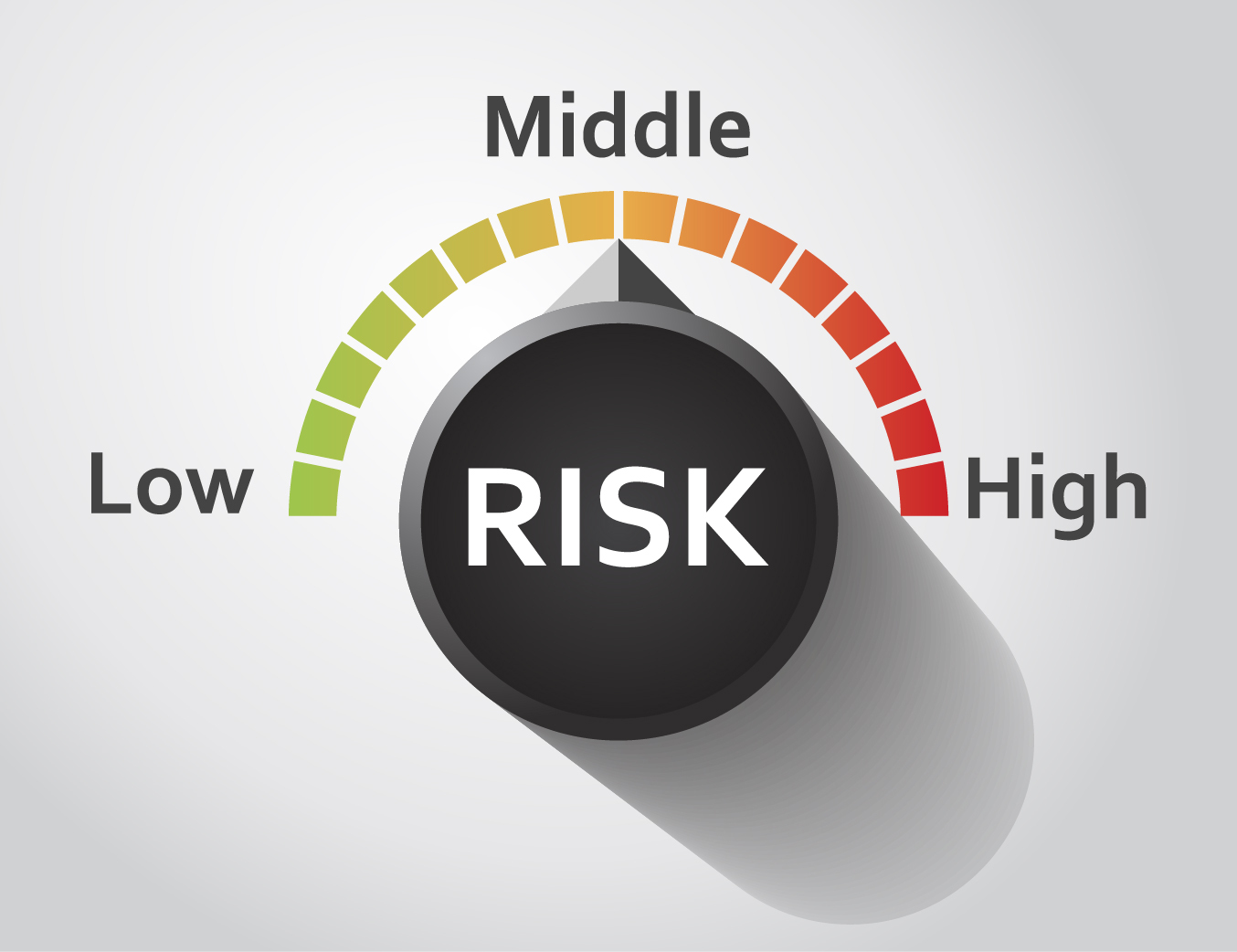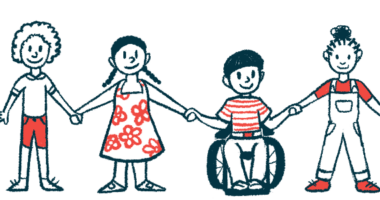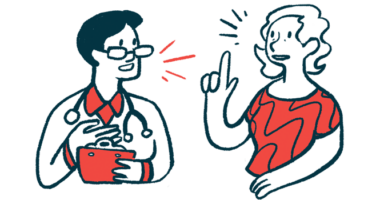Risk of aHUS Within Families May Be as Low as 20%, Study Finds

OWN23/Shutterstock
Family members of people with atypical hemolytic uremic syndrome (aHUS) who carry mutations in complement genes may be at a lower risk of developing this disease than previously reported, according to an Italian study.
The single-center study estimated the risk to be at 20% — much lower than the 50% previously reported in scientific literature. But risk was higher for carriers of disease-causing mutations, and “not equally distributed among generations,” the study noted, with siblings and children of these patients being at a higher aHUS risk than their parents.
Its researchers continue to emphasize the importance of screening relatives of patients with an identified mutation.
The study, “Risk of Atypical HUS Among Family Members of Patients Carrying Complement Regulatory Gene Abnormality” was published in the journal Kidney International Reports.
aHUS is a rare disease characterized by a malfunction of the complement system — a set of more than 30 blood proteins that form part of the body’s immune defenses — mostly because of mutations in complement genes.
However, not all people who inherit complement gene variants develop aHUS, a phenomenon known as incomplete penetrance. This poses a challenge for discussing the risks of developing the disease within a family, where a member was diagnosed with aHUS and other members also carry the disease-causing mutation.
While studies suggest that aHUS linked to a complement mutation has a penetrance of 50%, meaning that half of the people inheriting a mutation will develop the disease, daily evidence suggests it may be much lower.
A group of researchers in Italy evaluated the risk of aHUS within families with a member who has the disease.
They reviewed data covering 334 aHUS patients who were followed at the Center for HUS Prevention, Control and Management in Milan for the past 20 years.
Their analysis excluded patients with idiopathic disease (disease with unknown cause), those whose disease was associated with an underlying illness (secondary aHUS), and those with no family members carrying the same mutation.
In total, 71 aHUS patients with a mutation affecting a single or several complement genes, such as C3, CFB, CFH, CFI and CD46, were identified.
Researchers then expanded the analysis to 311 family members potentially at risk of developing the disease. Of these, 186 relatives (94 women and 92 men) carried the same genetic mutation. A total of 28 relatives (13 women and 15 men) in this group developed aHUS at a median age of 27.
Among the 186 carriers, 63 were parents of aHUS patients, 59 were siblings, 38 were their children, and 26 were other-degree relatives.
The CFH gene was the most common mutated gene among carriers (92 carriers), followed by the CD46 gene (32 carriers) and the CFI gene (31 carriers). The C3 gene was mutated in 25 carriers and the CFB gene in three carriers, while the other three had multiple mutations.
The overall disease rate was 3.69 per 1,000 person-years. Younger carriers (those age 10 or younger) and older carriers (those age 60 or older) had the highest disease rates: 6.24 per 1,000 person-years for younger carriers, and 9.17 per 1,000 person-years for older carriers.
Of note, person-years is a composite measure that reflects the number and the amount of time patients are followed in a study. For instance, 1,000 person-years refers to data gathered by following 1,000 patients for one year.
Carriers of C3 gene mutations had the highest risk of developing aHUS (6.44 per 1,000 person-years), while carriers with mutations in the CFI gene were among those who were less likely to develop the disease (0.84 per 1,000 person-years).
A genetic analysis identified a total of 33 mutations that were likely or certain to cause aHUS, while the impact of 26 other mutations was unknown.
Parents of aHUS patients had a lower risk of developing the disorders (2.01 per 1,000 person-years), while sons and daughters and siblings had the highest risk (6.29 per 1,000 person-years for sons/daughters, and 7.47 per 1,000 person-years for siblings). Uncles, aunts, and cousins had the lowest risk among all relatives (0.75 per 1,000 person-years).
These results indicated a 20% risk of aHUS being diagnosed in a family member of a patient carrying a mutation in a complement gene.
Fourteen (19.7%) of the 71 families analyzed in the study had familial aHUS (defined by two or more cases), with seven families having more than three members with the disease. The rate of aHUS was the highest in families with familial aHUS, with an incidence rate of 15.8 per 1,000 persons-years — nearly four times that of the overall incidence rate.
Disease risk in relatives was lower when the person with aHUS had severe disease or other conditions that might act as aHUS triggers, including heart disease, inflammatory bowel disease, and bloody diarrhea (0.45 per 1,000 person-years). Conversely, a higher risk was seen for relatives of patients with no identified triggers (5.03 per 1,000 person-years).
No differences in aHUS risk were evident between men and women, although the risk decreased faster in the first 20 years of life in men. In women, risk remained high for the first 30 years. In both genders, after the third decade of life, the risk of developing aHUS was 30%.
Overall, this single center study indicated “the risk of developing the disease in any given relative of a patient carrying complement regulatory gene mutations responsible for aHUS in a family member can be estimated to be 20%, thus lower than the reported 50%,” the researchers wrote.
“Although the penetrance is not as high as previously reported, in our opinion the severity of the condition may justify the screening of relatives for the specific mutation responsible for the disease in their family,” they added.
Screening, the researchers noted, is particularly important in relatives of patients carrying mutations in C3 or CFH genes, as well as in patient siblings, and when there are several cases of aHUS in the family.







